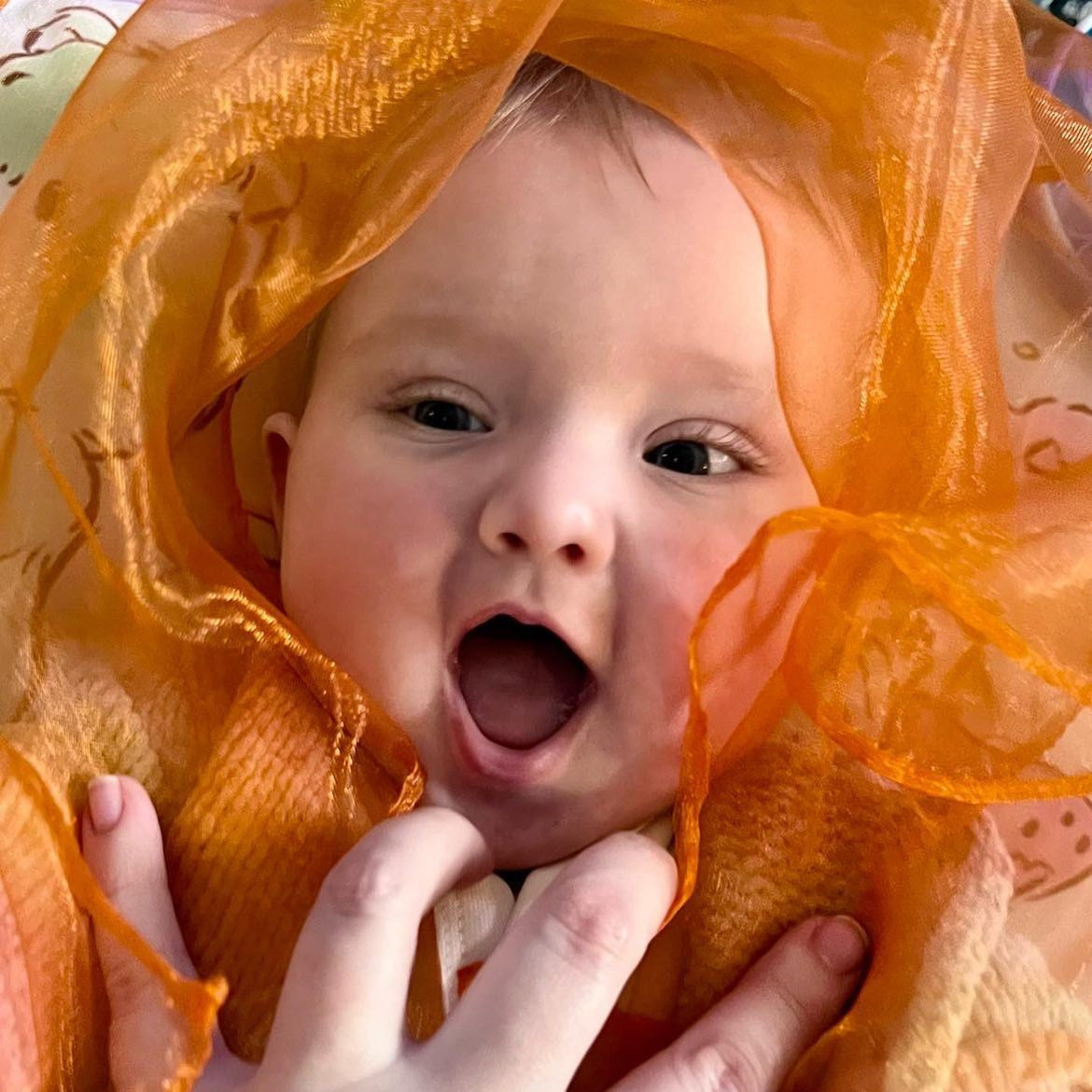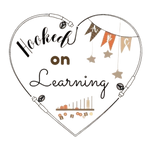
The humble play scarf. Are they worth it? Do they really DO anything? - By Roz Colwell
It can be difficult to find multi functional toys. I mean really versatile. Something that can be used across ages, for education and for play. For structured time and for free play.
That’s where play scarves come in. I make no secret of absolutely loving these. Play scarves are small pieces of colour fabric. Often in many colours and materials. They can range from pocket friendly and humble to expensive and huge. They allow children to use their imaginations as capes, dress ups, blankets, and allows for a lot of play and learn interactions with a caregiver.
I have a big age gap between my children and of course when we had a new baby there was a lot of learning about gentle play. You’ve guessed it, I introduced scarves. My 6 year old desperately wanted to make his baby sister laugh and being able to interact with her by gently gliding the scarf over her while she lay on her play mat (adult supervised of course) was a beautiful interaction for them. We took it in turn, waving the scarves over her and singing songs. Beautiful moments and very stimulating for baby.
Scarves are also a great alternative to having the box of wipes destroyed (if you know, you know) I push them through the holes in an oball toy or a tissue box and it becomes a great and affordable playtime for those little destructors. For the older child you can imprison the scarves in a basket with string crossed over it and have them try to rescue the scarves using tweezers or tongs without touching the string.
Small world play
Scarves can also be used in small world or sensory play. Have a blue scarf? It’s an ocean or a river. Green? That’s the grass on a high mountain. Red? Lava of course! We have made dinosaur adventures through lava and ocean extravaganzas with pirates.
So what other benefits are there to play scarves?
Self-regulation
Self-regulation is being able to manage feelings and emotions and what is going on around you. Extra important if you have a child on the spectrum and, let’s face it, many of us adults could improve this too. Stick on some music and use the scarves to sway along to the music. Try different styles and tempos to teach different patterns. Gentle swaying, fast waving, large and small movements. This has the extra bonus of burning off some energy! No guarantees it’s not yours though. Use different paces of music and even ocean or nature sounds. Moving along to the difference tempos teaches us how to slow down, move more gently when we need it.
Hide and seek
Use the scarves to hide objects. This helps develop focus and learning skills. Place a few objects into a container and cover them with the scarves. Little hands can explore and see what they find.
Peekaboo
Use the scarves for a game of peek a boo with babies. This simple game is very important. It helps develop something called permanence. This is the idea that something exists even if you can’t see it. Got a baby who scream every time you walk away? Yep. You’re at the peekaboo stage.
Decorations
You can’t go past the option of having them hanging to bring some colour into a room. Hanging them by a window where the sun will catch them is even better.
Increasing vocabulary
Bit of a surprising one? Talking to children, especially in the very early stages is so very important. You can use the scarves to teach colours, opposites (lifting it up/down or putting it in a box and taking it out) and describing movement.
Basic math
I am one for working math into everything but I truely believe fostering a love of math early on is key to enjoying it. You can shape the scarves into numbers with older children. Use them for basic counting and then adding in addition and subtraction.
Hopefully this has given you some inspiration for how much can come from simple coloured fabric. I would love to hear more ideas or how you would build on these ones.

Leave a comment